New Orleans is known for its haunted past and ghostly experiences all year round. However during the Halloween season, these supernatural stories seem to get some extra attention. The city's spooky historical past seems to constantly reach into the present as tourists and natives alike report ghostly sightings.
With Halloween right around the corner, why not lean into the spookiness of the city? We've gathered a list of the best supernatural beings in New Orleans for you to read. Dive in and get ready for the goosebumps.
Top Ten Supernatural Beings of New Orleans
1. Madame Marie Delphine LaLaurie
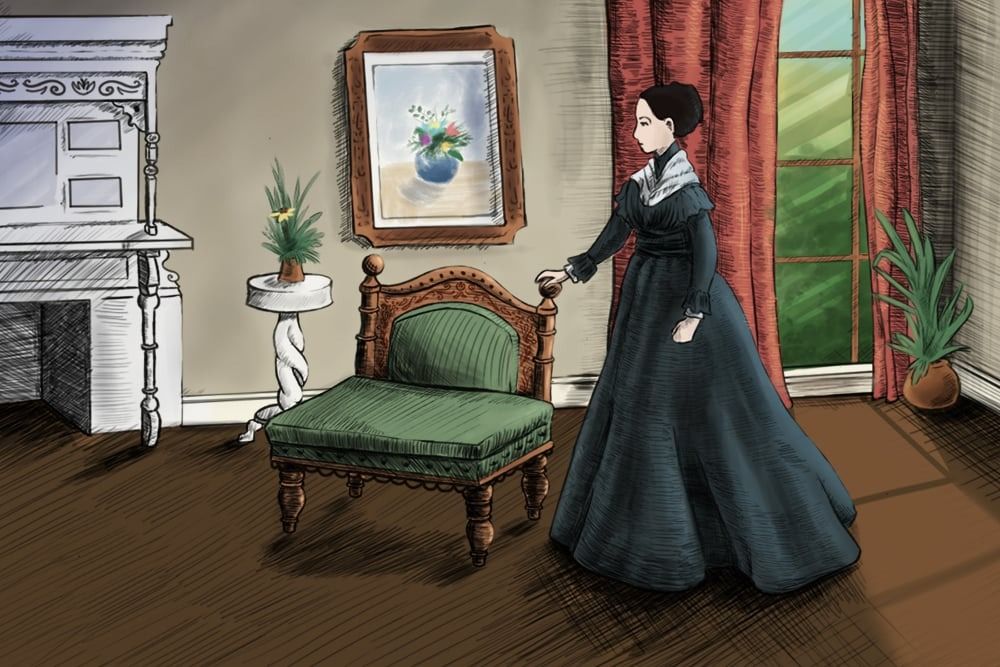
This first person might sound familiar if you are a fan of American Horror Story. In the "Coven" season of AHS, Kathy Bates played Madame LaLaurie in the first on-screen portrayal of the infamous New Orleans madame. Madame LaLaurie was a wealthy woman and slave owner at her mansion in the city on Royal Street. In 1834, a house fire exposed the horrors going on behind closed doors.
Because of the fire, many neighbors went into the house to try and salvage LaLaurie's belongings. What they found instead was appalling. Her slaves were reported to have been abused and mutilated. Historically, at least 12 slaves died under her control. Since 1888, the Royal Street residence has been referred to as "The Haunted Mansion", and many people today still say Madame LaLaurie haunts her old home.
2. The Axe-Man
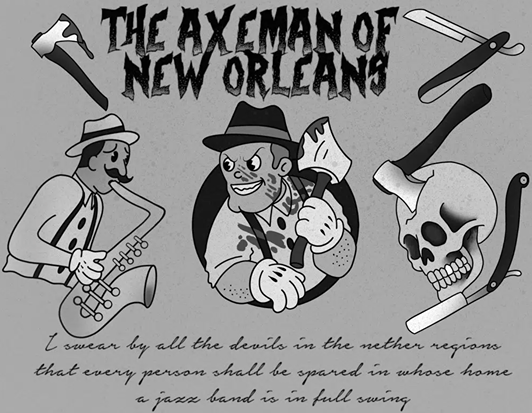
The Axe-Man is another figure who was featured in "Coven" and brought New Orleans history to national television screens. The Axe-Man was a real figure, but the actual person behind this catchy name is unknown. This person would write letters to local papers asking people to play jazz records at night to spare themselves from his killings. Despite the grandeur and ego of this killer, The Axe-Man of New Orleans was a copycat killer of the Ax-Man who murdered people from 1911 to 1912, six years before the copycat killer began their killings.
While the New Orleans Axe-Man murdered six and injured six people, the original Ax-Man murdered more than 50 people, making this case the largest unsolved serial killings in US history. What is perhaps most startling about these ax wielding killers is that neither of them were caught.
3. The Rougarou (or Loup-Garou)
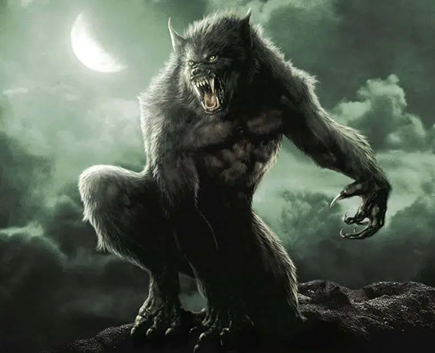
The original name for this werewolf-like creature was "Loup-Garou," meaning "Look out! Wolf!" in French. This name evolved through the ages with influence from France and Haiti, with the more well known name "Rougarou" coming from the Haitian and Cajun people.
The Rougarou is a person cursed to shapeshift under a full moon, similar to classic werewolf tales. Cajun parents used the story of the Rougarou to scare their children into staying in bed all night long. This story included a wolf-man who flew around at night on a large bat. If you got out of bed late at night, the Rougarou would jump off the bat and down into your house via your chimney. In modern New Orleans, the Rougarou is seen more printed on tourist T-shirts and merchandise than it is used for a nightmarish bedtime tale.
4. General P. T. Beauregard
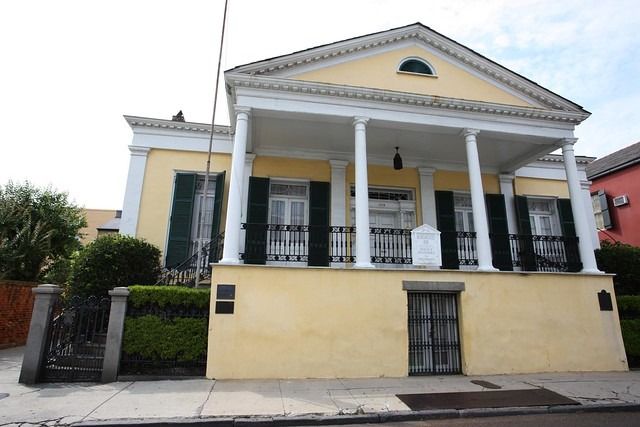
The Beauregard Keyes House in the French Quarter has gone from a home to a museum and named after a memorable guest: Confederate General P.T. Beauregard. Beauregard only rented the home for a relatively short amount of time before it was passed down to mafia members and writers, but his impact is still remembered today. In fact, ghosts of the Civil War are the most prominently reported ghosts in the former home.
People have reported seeing Civil War soldiers and even Beauregard himself wandering the halls of the museum with battle wounds on display. The soldiers appear to be missing limbs, and even heads, as they show themselves to guests before disappearing. Many people believe these men to be Beauregard's soldiers from the Battle of Shiloh. The museum is still open today for people hoping to catch a glimpse of the ghosts.
5. Jean Lafitte
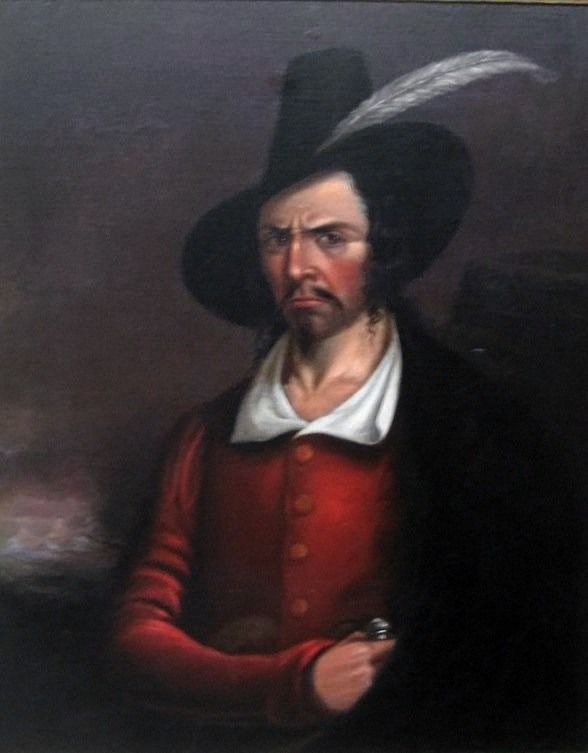
Jean Lafitte was a pirate of French or Haitian descent living in New Orleans around 1784. Lafitte and his brother Pierre worked together to run a smuggling operation disguised as a blacksmith shop, which is still standing today. After a while, Lafitte decided to move to Barataria, a small island in Barataria Bay which was home to out of work sailors that Lafitte turned into pirates. For years, the brothers plundered three ships, but eventually were captured during the War of 1812.
However, the Lafitte brothers' expertise was needed during the Battle of New Orleans, and in return, President Madison pardoned the brothers and their men and returned their fleet. Later, Jean and Pierre moved to present day Galveston to continue plundering ships and smuggling goods. Today, Lafitte's ghost is reported to still haunt the French Quarter streets. If you're looking for him, Lafitte has been seen with his pirate buddies at the Old Absinthe House and Pirate's Alley.
6. Court of Two Sisters
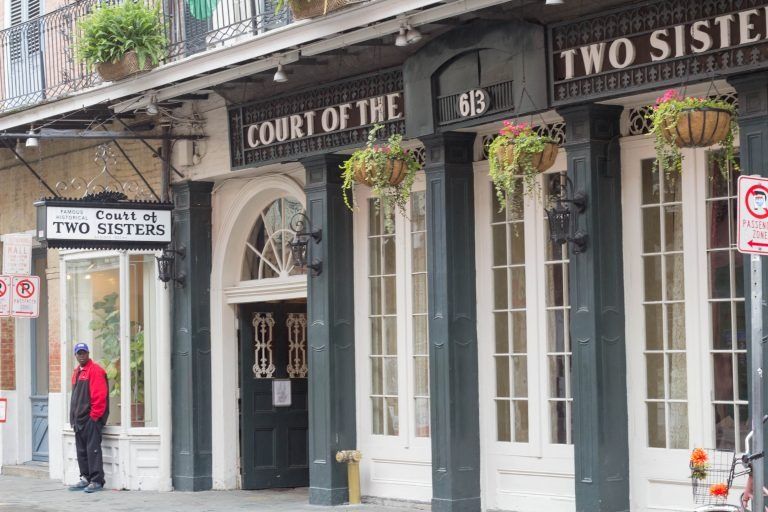
The Court of Two Sisters is a fine dining restaurant in New Orleans, but delicious food isn't the only thing they serve up. While you can get great New Orleans comfort food, you can also get your fill of ghostly stories. In the 1940s, one of the city's socialites, Amelie Cooper, was murdered by her husband, who was also found dead in their apartment above the restaurant. There's also a fountain in the courtyard there that is rumored to have been a place Marie Laveau performed Voodoo rituals.
Jean Lafitte is also connected to this place as he is rumored to have killed three men in duels in the courtyard. If you're looking to see specific ghosts, the sisters the restaurant are named after, Emma and Bertha, appear in the courtyard at night. Other reported sightings include orbs of light and figures dancing. The restaurant is overflowing with spooky stories, but hopefully they don't make you lose your appetite.
7. Myrtles Plantation
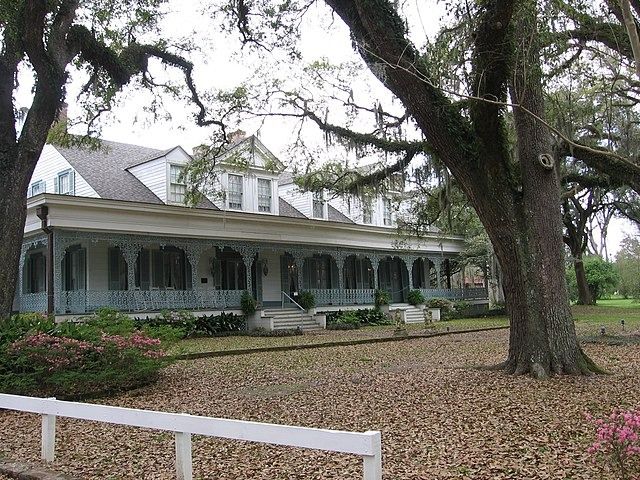
For a sight outside of New Orleans, this former plantation and current bed and breakfast is allegedly one of the most haunted houses in America. The ghost of a Native woman who was reportedly buried on the plantation and Chloe, a slave who exacted revenge by poisoning her masters, are some of the well known spirits believed to be haunting the home.
Another famous ghost of the plantation is William Winter, who was fatally shot on the porch by an unknown person. The spirits of this home stand over guests' beds, peek through windows, and crawl up the stairs. You can choose to stay at the Myrtles Plantation Bed and Breakfast should you be brave enough to face the eerie history.
8. Vampires

You might be familiar with the vampire history in New Orleans if you are a fan of Interview with the Vampire. The Comte de St. Germain, also known as the Count St. Germain, was a socialite that allegedly lived 2,000 years and inspired Anne Rice's character of Louis. Many believe part of this time was in New Orleans as Jacques St. Germain in the 1900s. The Count said that he used a mysterious substance to make himself live forever.
In a sort of Gatsby-esque style, the Count threw large parties, but never indulged in luxuries such as food. He simply drank red wine and observed his guests. If his guests decided to listen, he would tell vivid stories of old historical events he is said to be present for. With these stories, in combination with the Interview with the Vampire book, film, and, series, vampires have long been and continue to be associated with New Orleans.
9. Witches
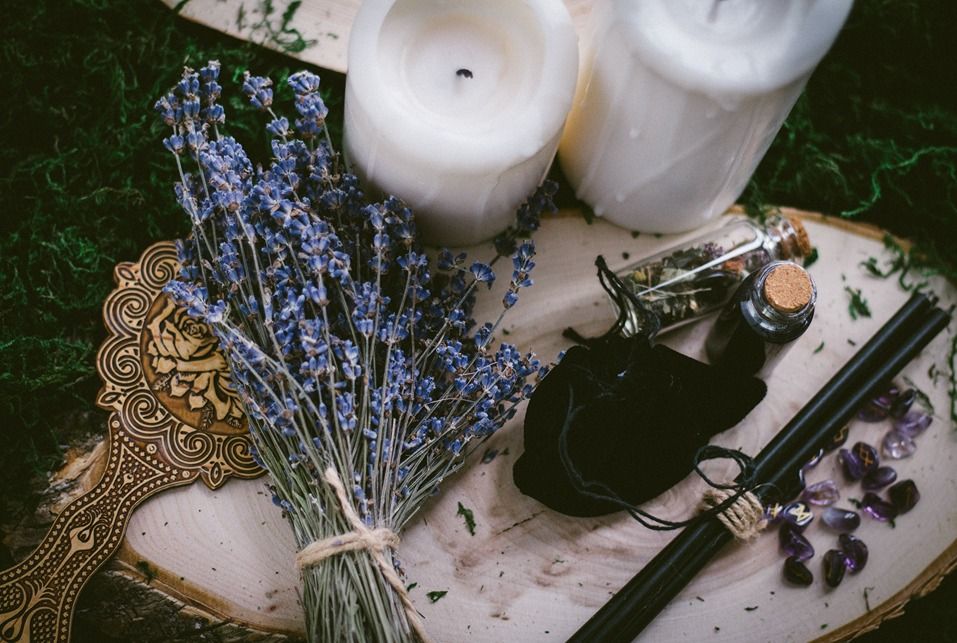
When someone thinks of witches, they might first think of Salem, Massachusetts. However, New Orleans is also home to witchcraft. Mary Oneida Toups is believed to be a prominent witch of New Orleans who was a "White Witch", meaning she didn't dabble in "dark arts," though that is disputed. In 1971, she opened the Witch's Workshop in the French Quarter where she sold candles, sprays, and oils.
Toups held ceremonies on the Lake Pontchartrain shores and was eventually given a permit to practice rituals in City Park. Allegedly, she was very particular with who she allowed into her coven, wanting only the most dedicated witches.
10. Marie Laveau
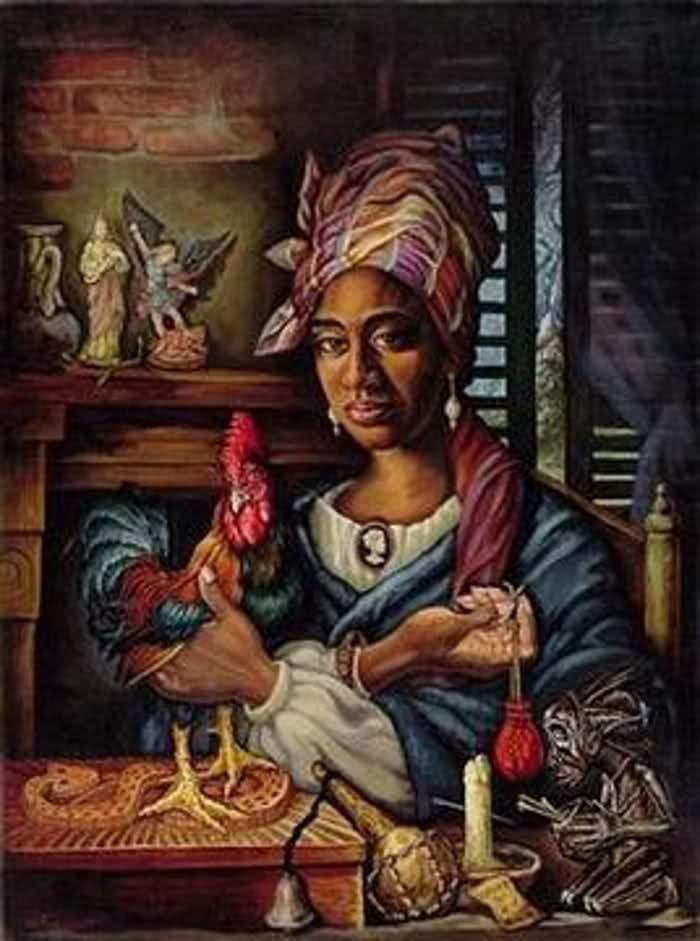
Marie Laveau is probably one of the most famous names to be associated with New Orleans and Voodoo in general. Voodoo, specifically Louisiana Voodoo, is a combination of West African and Catholic elements. The result is a practice using herbs, roots, and honoring ancestors. Laveau is known as the "Voodoo Queen of New Orleans" and is said to have hosted rituals in Congo Square.
She created and gave out charms and potions, controlled lovers for people, and told fortunes while using holy water, incense, and statues of saints. Many feared Laveau's power and built up a legend of horror around her. However, under all this sensationalism, there was a Voodoo queen who was also known for healing the sick and instructing people on how to protect themselves from curses and hexes.
See and Feel the Supernatural In New Orleans
There is certainly no shortage of supernatural beings in New Orleans. From historical figures to Cajun bedtime stories, the city is crawling with supernatural phenomena. The ghostly stories have been around the city for as long as the entities themselves, immortalized with the help of people's morbid curiosity.
With these beings come their usual haunts that you can pay a visit to. Whether you are a tourist stopping by or a local leaning into your own city's culture, there are plenty of places to connect with the supernatural side of New Orleans.

